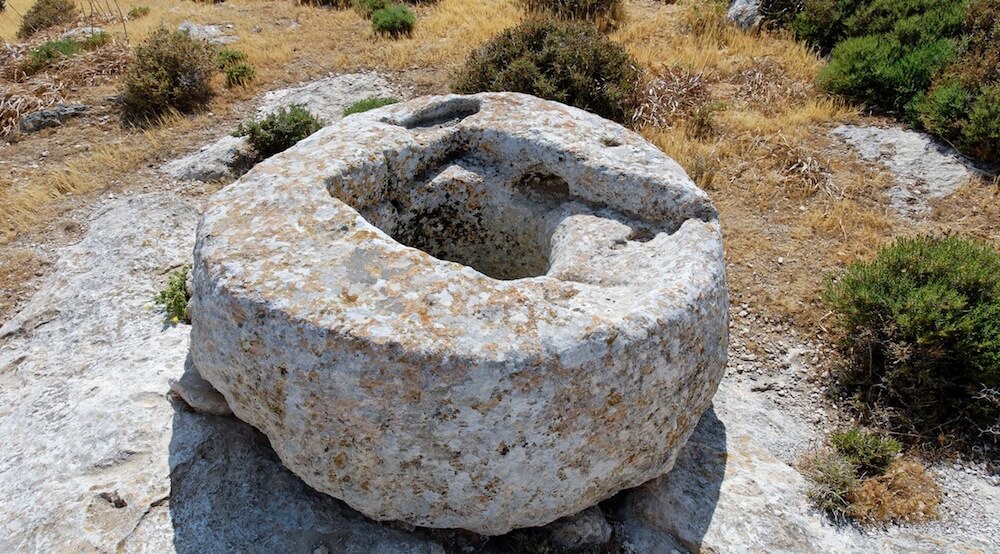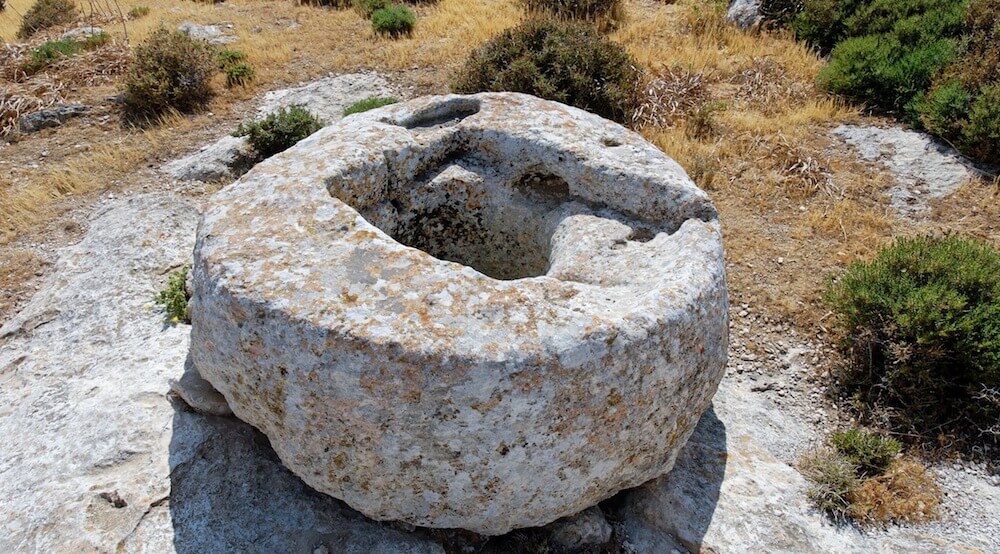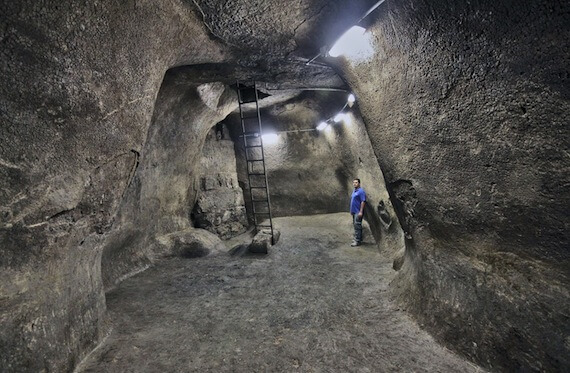2 min read
Your Heart is a Reservoir for Truth
Shemini Atzeret and Simchat Torah mirror how God gave both rain and His Word for life.
Admin
:
Oct 4, 2015 11:00:08 PM

I recently had a man in his 60s tell me, “I have to spend daily time reading the Bible. I mean every single day. I need it.” His words simply affirmed what the Bible makes clear for all of us.

(Photo: A cistern near Michmash. Courtesy of the Pictorial Library of Bible Lands)
God used a simple, physical resource like rain water to teach the spiritual truth that He alone is the true source of life. This truth hasn’t changed for us. The need for water illustrates the need for truth—both essential for life.
When the rainy season begins in Israel each fall, the High Holidays draw to a close with the celebration of the holiday, Shemini Atzeret, which means, “the assembly of the eighth [day].” (The holiday originates from Leviticus 23:36.) Following the destruction of the Temple in AD 70, the act of bringing a sacrifice to God was replaced with the tradition of praying for rain, called Tefilat Geshem, the only exclusive ritual of Shemini Atzeret.
Where there is water in Israel, there is life. And where there isn’t water? The rule in antiquity was simple. Pray for rain and dig a cistern.
If you’re feeling dry in your spiritual life, there’s only one way to slake your thirst.
Praying for Rain and Reading the Bible
Shemini Atzeret also is celebrated in connection with Simchat Torah, a day of rejoicing in the Word of God. Simchat Torah represents the end of the annual cycle of reading the Bible. It also signifies the beginning of another year’s readings.
Whether or not the connection is intentional, I find it instructive that the prayer for rain comes on a day when there is much rejoicing over the Scriptures.

(Photo: Torah scroll at Western Wall. Courtesy of the Pictorial Library of Bible Lands.)
Just as the prayer for rain is cyclical—like the reading the Bible—it also illustrates a necessary and never-ending dependence on God who gives it.
Connecting Water and the Word of God
This connection between rain and reading the Bible serves as a continual reminder of the purpose for the regular reading of God’s Word. The Prophet Isaiah made this clear (Isaiah 55:10–11). God used the climate to encourage His people to trust and obey Him. For obedience God sent rain; for disobedience God sent drought (Deuteronomy 28). Talk about motivation!

(Photo: A Torah Scroll with a pointer. Courtesy of the Pictorial Library of Bible Lands.)
An Ancient Cistern, A Timeless Need
Where do you contain the rain? In that cistern you dug.
While excavating a first-century drainage channel and street that led from the City of David to the Temple Mount, archaeologists found a massive water reservoir dating from the First Temple period. The discovery of the reservoir, just west of the Temple Mount, gives silent testimony to the importance of water in the spiritual lives of God’s people.

(Photo: Water reservoir beside Jerusalem’s Temple Mount. Photo by Vladimir Naykhin, IAA)
Cisterns required rain in order to get filled. Without rain, cisterns dried up. The need for water illustrates the need for truth—both essential for life.
We could compare our hearts to cisterns.
Just as the land needed rain—and God provided it—so our hearts need a regular intake of God’s Word.
Tell me what you think: What do you do to regularly fill the reservoir of your heart with God’s Word? To leave a comment, just click here.
Click here to leave a comment.
-1.png?width=5230&height=1198&name=unnamed%20(4)-1.png)

.jpg?width=350&name=Wayne-books-350wide%20(1).jpg)




